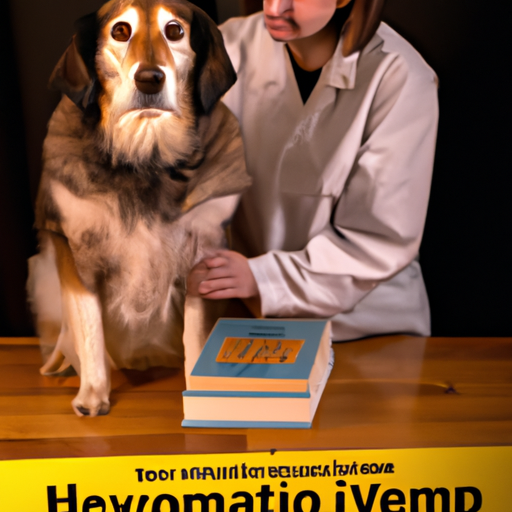Introduction
As a caregiver, your pet’s health is undoubtedly one of your top priorities. It’s essential to understand that caring for your dog goes beyond daily feeding and regular walks. It involves understanding potential health risks and knowing how to prevent them. One such health risk that you should be aware of is lipomas.
What is a Lipoma?
A lipoma is a slow-growing, fatty lump that’s most often situated between your dog’s skin and muscle layer. They are usually harmless, but they can cause discomfort or health issues for your dog if they grow large or occur in sensitive areas. Preventing these benign growths is crucial to ensuring your dog’s overall well-being.
How to Prevent Lipomas in Dogs
Preventing lipomas can be complex, but there are steps you can take to reduce your dog’s risk:
-
Maintain a Healthy Diet: A balanced diet is essential for your dog’s overall health. Foods rich in Omega-3 fatty acids, such as fish and flaxseed, can help reduce inflammation and may prevent lipoma growth.
- Fruits and vegetables
- Lean meats
- Whole grains
-
Regular Exercise: Regular exercise helps in maintaining a healthy weight, reducing the chances of your dog developing lipomas.
- Walking
- Running
- Playing fetch
-
Routine Vet Check-ups: Regular vet check-ups can help detect lipomas early on, which can be critical in preventing their growth.
Understanding Your Dog’s Risk
Certain breeds, like Labradors, Weimaraners, and Doberman Pinschers, are more prone to developing lipomas. Older, overweight dogs are also at a higher risk. Here’s a simple table for your reference:
| Age & Weight | Breed | Risk Level |
|---|---|---|
| Senior, Overweight | Labrador, Weimaraner, Doberman | High |
| Young, Fit | Any Breed | Low |
FAQ Section
Q: Are lipomas painful for dogs?
A: Most lipomas are not painful unless they are affecting a nerve or organ.
Q: Can a dog live with lipomas?
A: Yes, many dogs live with lipomas. However, if a lipoma is large or impacts your dog’s mobility or comfort, it may need to be removed.
Q: How are lipomas diagnosed?
A: Vets typically diagnose lipomas through a physical exam and a fine needle aspirate, which involves taking a small tissue sample for microscopic examination.
The journey of caring for your dog is one filled with many joys and challenges. By understanding how to prevent lipomas and other health issues, you can help ensure your furry friend lives a happy and healthy life.



